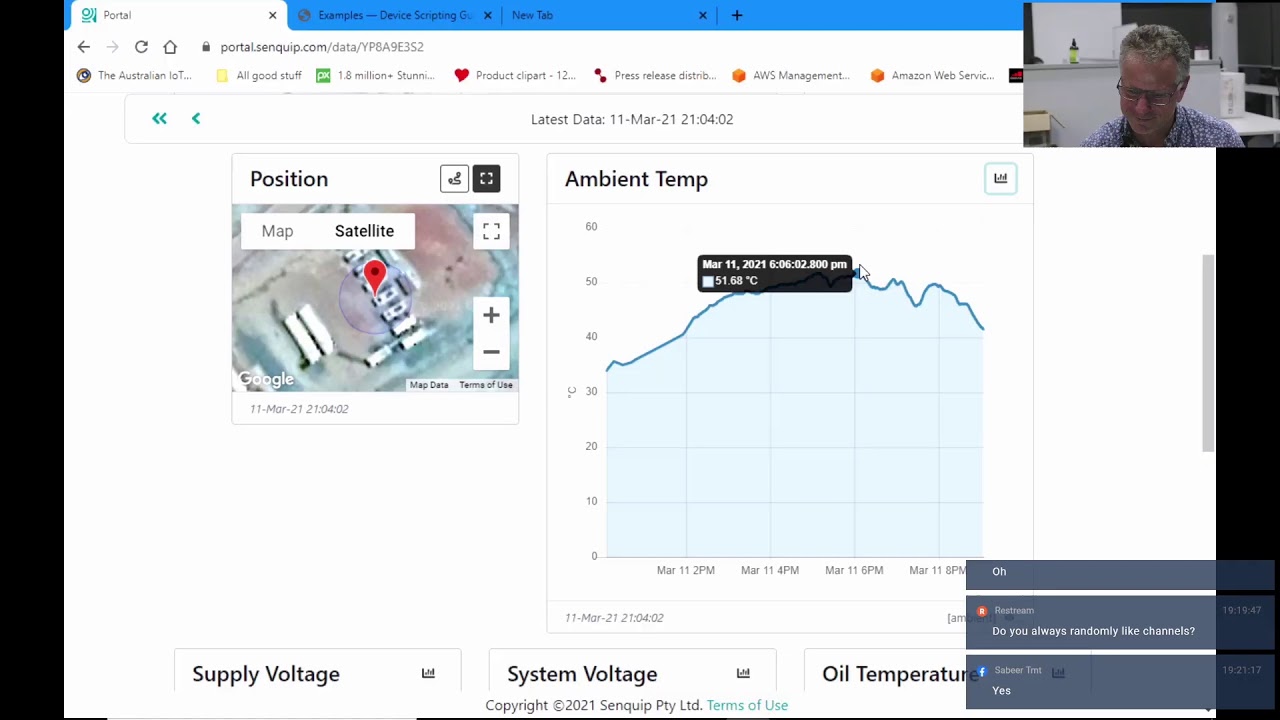Hi
the other 4 (5) mine is off gateways are all owned by others that I grew up with, and we decided to dive in because of the potential of LoraWAN, now my main motivation i have put my support in is because if this or any other community first network is lost. we will all have to pay the overlords for the privilege of their solution. which will choke hobbyists, and see our younger generation never learn programming and experience what it is like to do something great for no reason but ‘because I can’.
It does pain me to say the DPI gateway pre-dates ours, but ours appear to function far more reliably and at a fraction of the cost. The devices RAK are pumping out are certainly some of the best for price. I also have found over the year or so that the Australian handler has been a poor performer. all the apps I have mucked with are located on the Singapore one. while TTN has been awesome because of the freedoms that we are all able to enjoy. I don’t find much use for trackers and the like when the nation is divided. and there appears to be arbitrary filtering on some gateways.
@Maj is it possible for meshed to get in touch with some of the government deployed gateway owners and compel them to upgrade to a dual radio gateway, because it appears to be the standard in which the community would like their support? You did mention it was their desire to provide access to the community. And as with all technology times change…

 time to dig into old notes and refresh as I’m starting to forget a lot of the early stuff!
time to dig into old notes and refresh as I’m starting to forget a lot of the early stuff! 